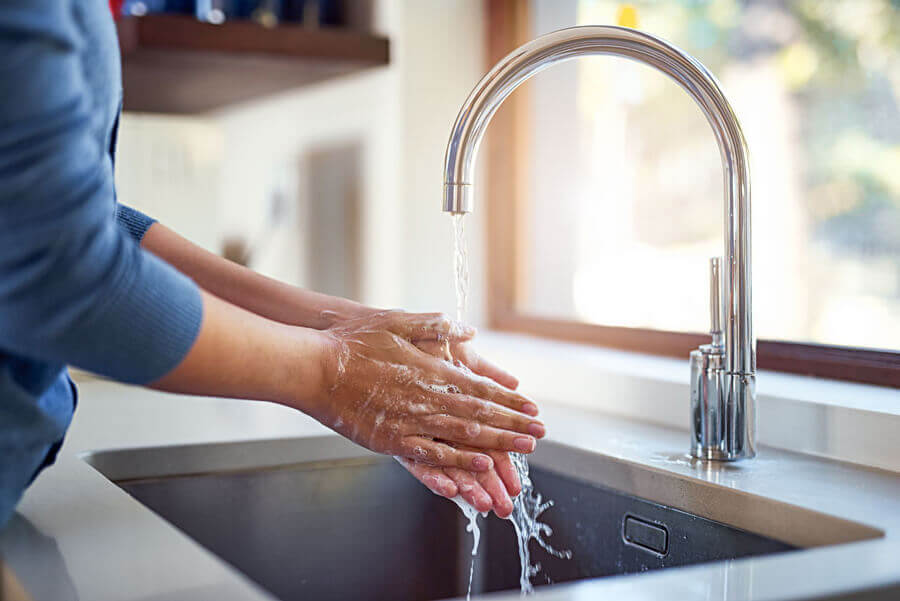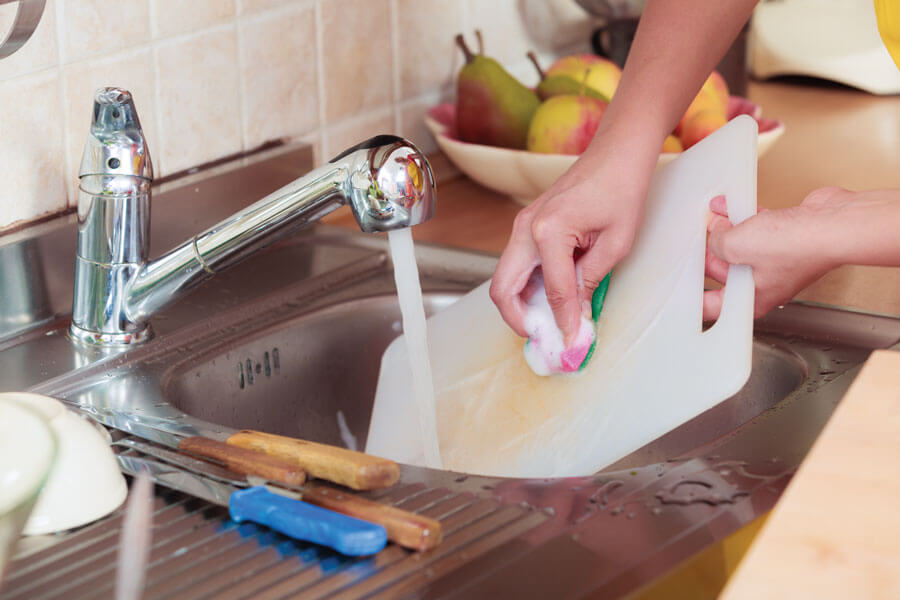Keeping food safe
- Home
- Ellyn Satter
- Prenatal / Postpartum
- Frequently Asked Questions
- Keeping food safe


Food poisoning is serious, especially for children and for pregnant women. But if you are careful, you can prevent food poisoning.

© Ellyn Satter
Side-Lying Hold
This hold is useful when:
Cross-Cradle Hold
This hold is useful when:
Clutch or “Football” Hold
This hold is useful when:
Cradle Hold
This hold is useful when:
Laid-Back Hold
This hold is useful when:
Share
Share this link via: